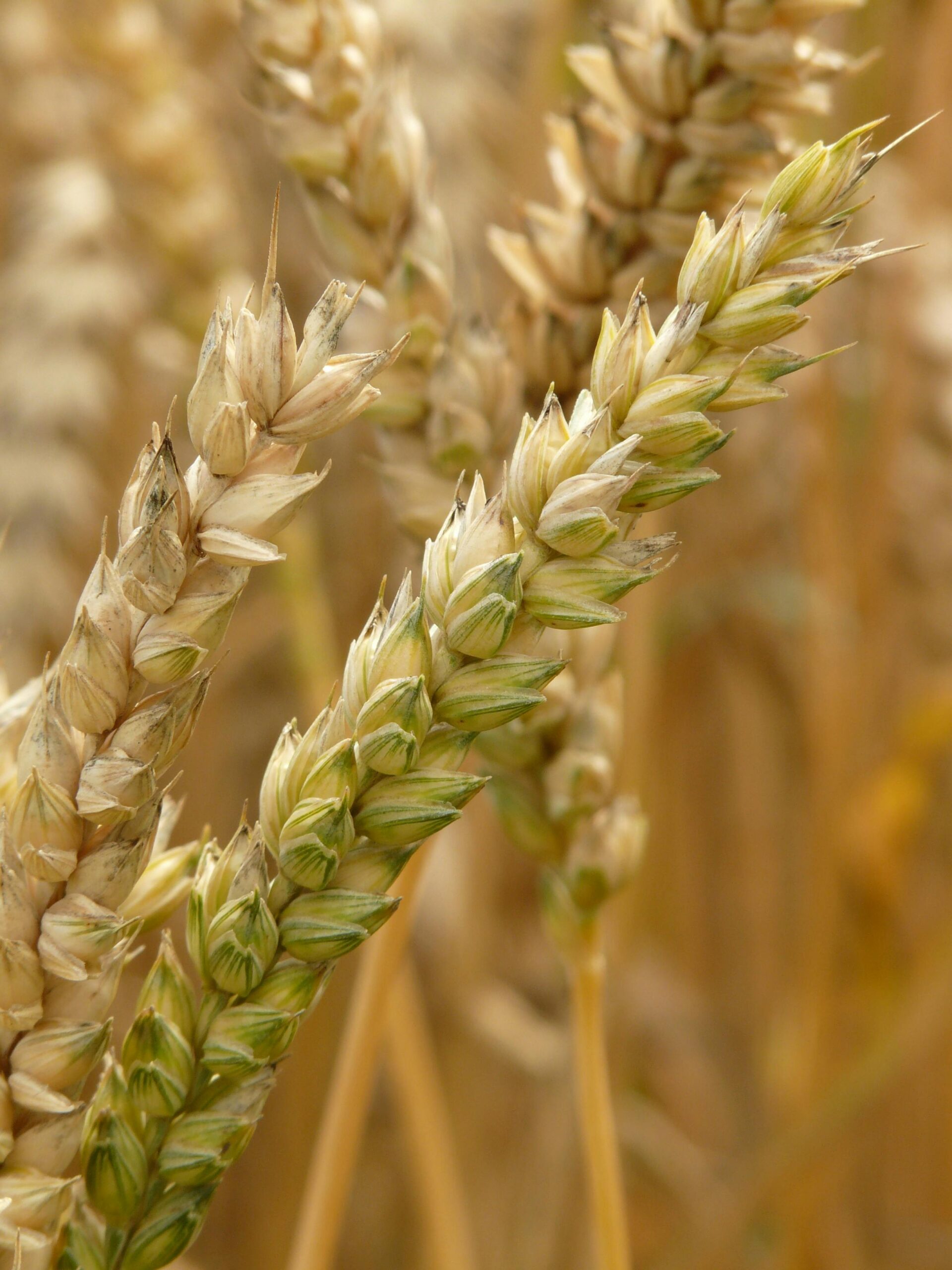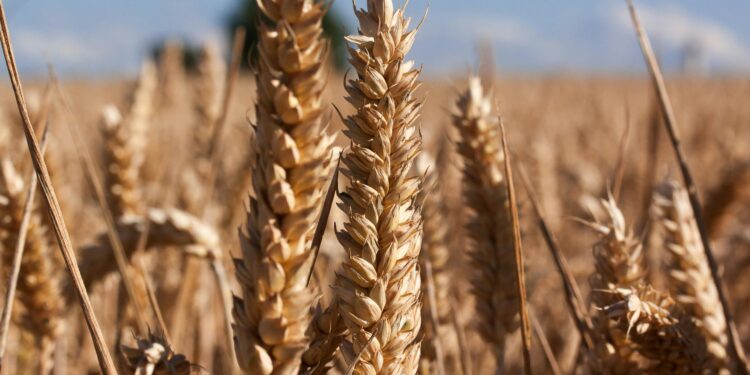India’s Meteorological Department had on Monday, said that the country would probably see above-average temperatures during the winter season (December to February), further increasing worries about the yields of crops such as wheat and rapeseed.
Winter-sown crops like wheat, rapeseed, and chickpea are planted from October to December and require cold weather during their growth and maturity stages for favourable yields.
If there’s decreased production, there’s a chance it could force the world’s biggest wheat producer (coming second only to China) to import the staple to ensure affordable supplies for its 1.4 billion people is high, plus, they’d also be forced to increase imports of pulses and edible oils.

But so far, New Delhi has resisted calls for wheat imports notwithstanding its record-high prices, with the aim to avoid upsetting farmers.
Over recent years, it has become clear that the temperature is far more important than other factors when it comes to wheat yields. If the weather is hot and unseasonably warm, like was seen in 2022 and 2023, it would cause a sharp drawdown in state reserves.
Wheat prices had only last week, hit a record 32,000 rupees per metric ton in Delhi — an upward increase from 25,000 rupees in April and far above the government-fixed minimum support price of 22,750 rupees for last season’s crop.
To lower the prices by expanding supplies, India plans to sell 2.5 million metric tons of wheat from its state reserves to a good deal of consumers such as flour millers and biscuit makers.

















